Dr. Heather Morales, DC, MS, CKTP
Mar 20, 2011
First, you are probably wondering what the first word even means in the title of this article. Myofascial release is a safe and very effective hands-on technique that involves applying gentle sustained pressure into connective tissue restrictions to eliminate pain and restore motion in the body.
This technique, which is similar and more specific to a massage, is used by massage therapists, chiropractors, and physical therapists. I don’t want you to say “Ohh, a massage on a budget means no more expensive massages ever!” Myofascial release and massages by a therapist are both extremely effective with flexibility and healing muscular imbalances you may have.
The better choice would be a therapist to work on you, over you doing this on yourself. That being said, some people cannot afford a regular schedule for muscle therapy treatments. I found the best way to eliminate and prevent the muscle tension and knots is through the use of the foam roller. The foam roller is a firm foam log that is about six inches in diameter.
To use the foam roller, you press against the muscle knots with your own body weight to generate the direct pressure. Imagine using a rolling pin to roll out lumps in cookie dough. Foam rollers can be purchased online or in stores and typically run under $30.
If a foam roller is still not in your budget, you can do the same type of muscle tension release with the use of a tennis ball, lacrosse ball, or even roller hockey ball. These will also be a little harder and more painful, but will yield the same results.
The correct method of doing this is to roll the focused muscle on the foam roller and once you find an area of tension or knots (trust me, you will know!), then hold for 15-30 seconds and move to the next spot. The following pictures below are some of the most common areas to use the foam roller:
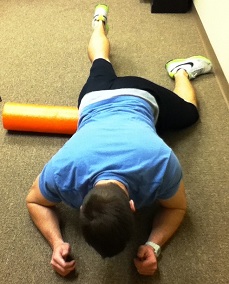
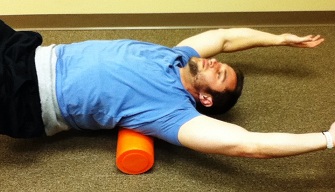
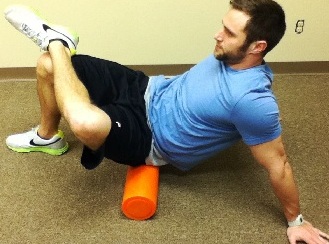
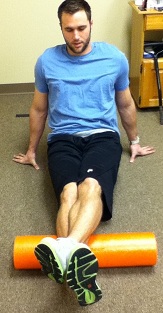
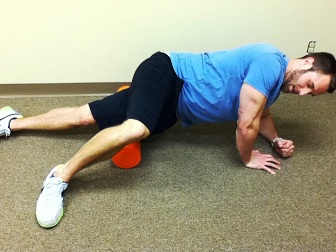
(Dr. Heather Morales, DC, MS, CKTP is a Chiropractic Physician and Certified Kinesiotaping Provider from St. Louis. Her hobbies include boxing, jiu jitsu, hockey, cooking, and the outdoors.)
Related FAQ
- Is it okay to exercise with muscle tension or knots?
A:Yes, you can exercise if you do a warm-up and use a foam roll or tennis ball prior to exercising. Most of the time when there is tension or knots in muscles, this is indicative of overuse of muscles that are working harder for weaker muscles nearby. Or it can also be an area where stress builds up.
My recommendation is to follow this rule: wherever the knots are, exercise the muscles opposite of the muscles affected (agonist versus antagonist). For example, if you have really tight biceps, then exercise the triceps or muscles in the back instead of doing any type of exercise to use the biceps.
The proper use of a warm-up and foam roller/tennis ball is great at preventing muscle tension and knots from forming. Here is a link for additional ideas to use the tennis ball for myofascial release.
If you are unfamiliar with anatomy or you have more questions, it is always a good idea to consult a physician or trainer to help guide you and prevent any injuries from occuring. (Answered by Dr. Heather Morales)
(Do you have a question too? If you have a question related to any article, please send us an email to editor@healthonabudget.com and we will try to answer as soon as we can. We will post answers to common questions here. For other health questions, please take a look at ask miss chef rd section.)
(The information in this article reflects the opinion of the writer and not the opinion of healthonabudget.com. This article is for educational purposes only. It is not intended nor implied to be a substitute for professional medical or nutritional advice. The reader should always consult his or her healthcare provider or nutritionist to determine the appropriateness of the information for their own situation.)


1 Trackback / Pingback